13 tricks to increase the shelf life of seasonal fruits and vegetables
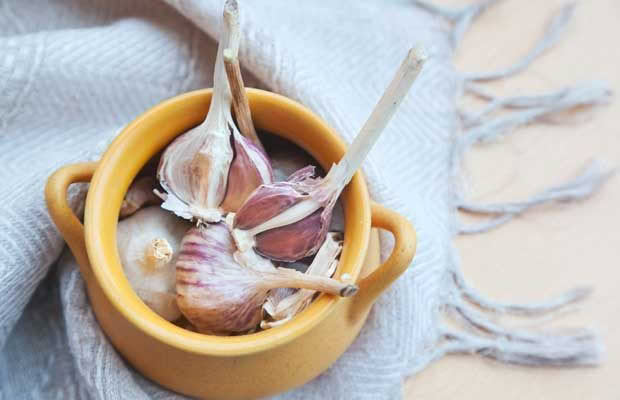
Give excess fruit and veg a long shelf life with some simple storage and harvesting tricks.
Words: Sheryn Dean
Harvest produce when the weather is dry. Excess watering or rain in the week before picking plumps fruit and vegetables with water, diluting flavour and reducing storage life.
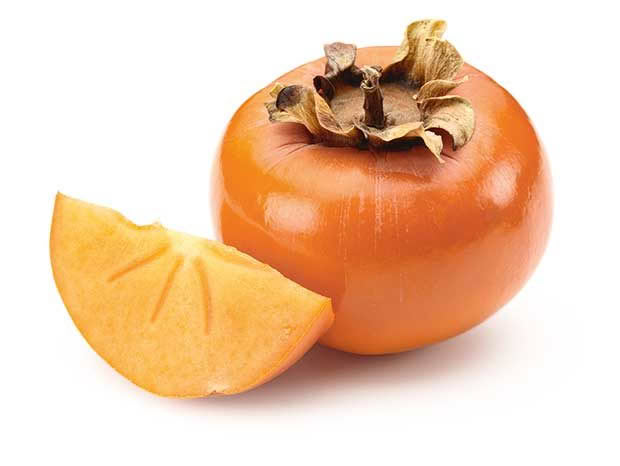
With the exception of cherries, figs, citrus, berries (except blueberries), persimmons, pineapples, grapes and olives, most fruits continue to ripen after picking so harvest them just short of ripe.
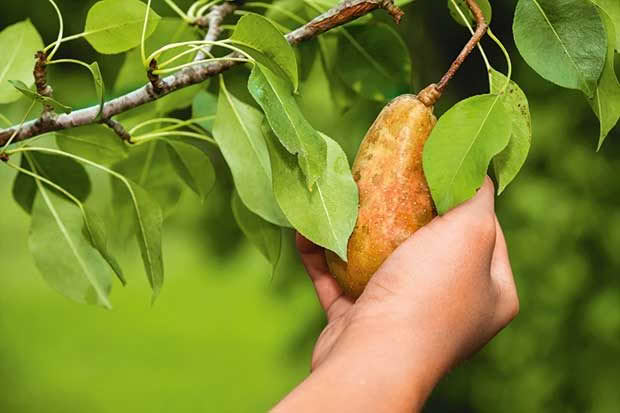
Pick in the morning when the fruit is cool.

Do not fertilise with nitrogen when the crop is maturing – nutrient density is needed, not volume. High levels of calcium increase storage life so give the plant dolomite, gypsum or lime, and foliar spray with comfrey tea.
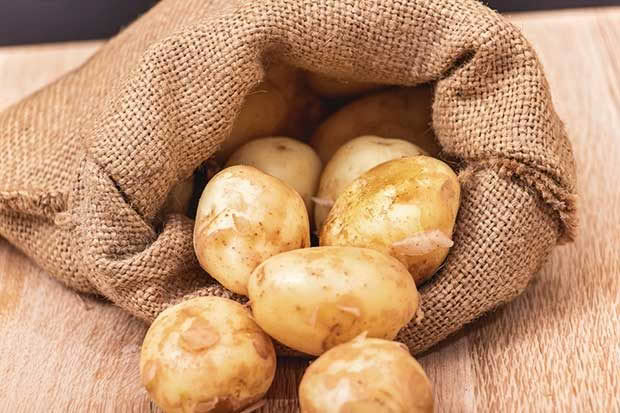
Pumpkins must be mature. Leave them on the vine as long as possible but harvest before frost can damage their skins. Leave a short piece of the stem attached.
Potatoes should be cured at high humidity at about 18°C for 10 days. This toughens up the skin before storage.
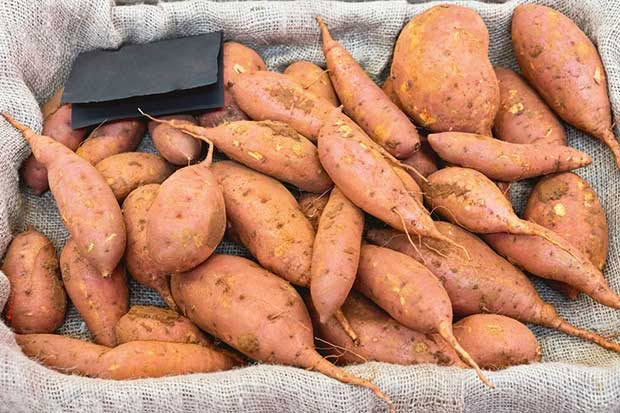
Kumara also need to be cured before storage, with high humidity but at a warmer temperature (30-35oC) until the skins toughen.
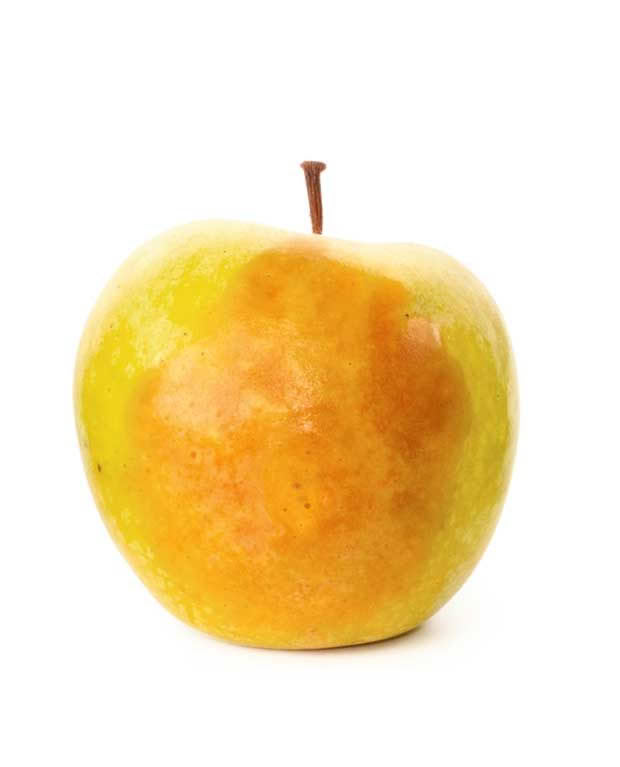
Discard any bruised or rotting fruit. Tip: codling moth doesn’t seem to affect storage.
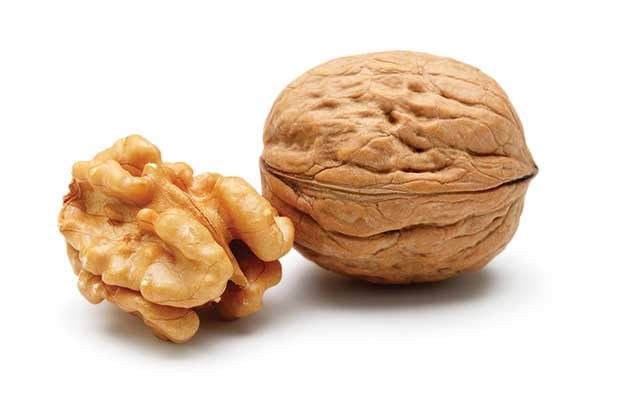
Harvest onions, shallots and garlic as soon as the first two sets of leaves have browned off. Leaves correlate to the skin around the bulb. If they start to sprout towards the end of the season, peel and freeze.
Dry nuts with good airflow, then crack and freeze to keep the kernels fresh.
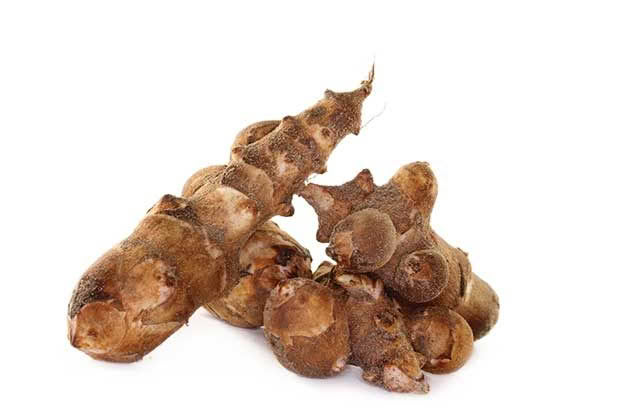
Yacon and Jerusalem artichokes store best just left in place in the soil and dug out when needed.
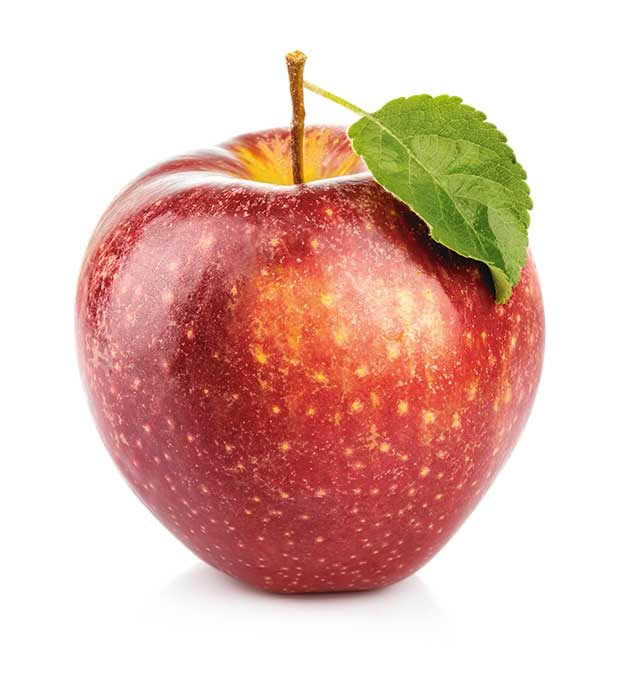
In general, the softer the fruit, the less time it will keep. Berries have the shortest storage span, apples the longest.
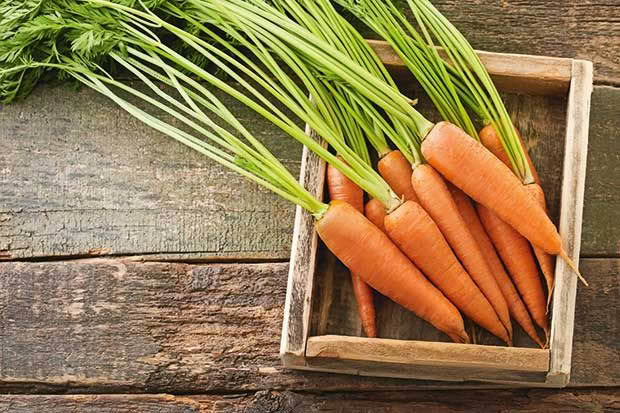
Carrots, courgettes, chokos, capsicums, cauliflowers and cabbages all store well in a chiller.
MORE HERE:
How to create a preserver’s paradise – a pantry for year-round food storage
Love this story? Subscribe now!
 This article first appeared in NZ Lifestyle Block Magazine.
This article first appeared in NZ Lifestyle Block Magazine.
